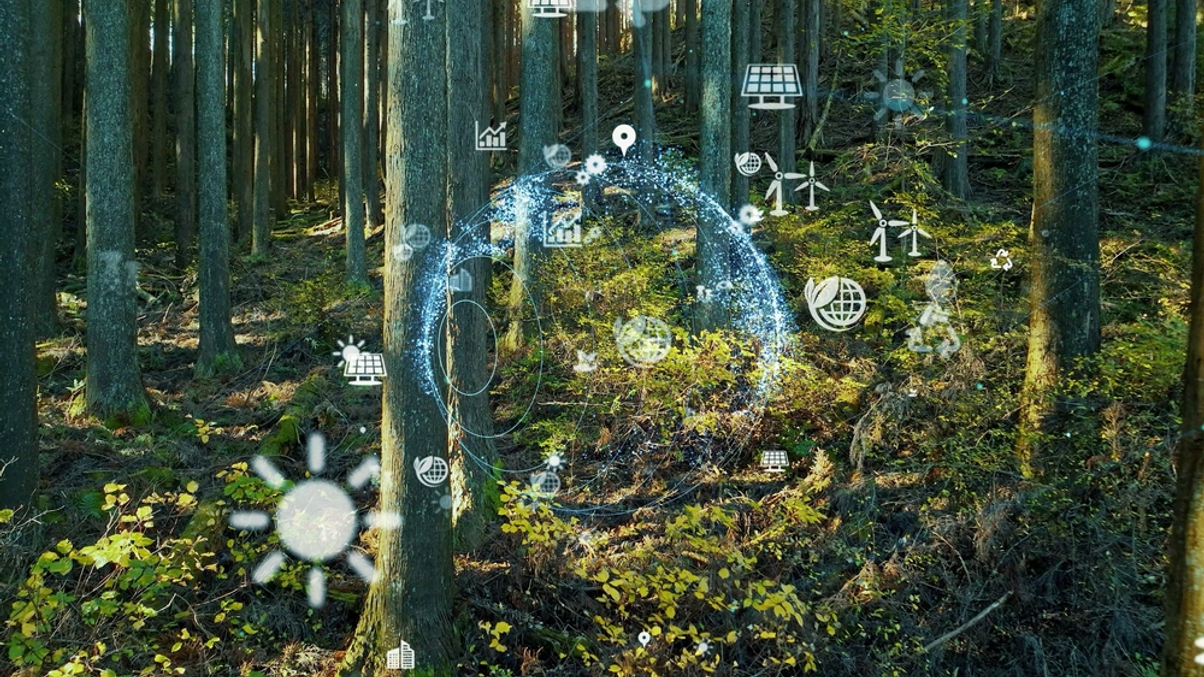Australian super funds slow to take on forestry investments
This reluctance contrasts sharply with large allocations by New Zealand super funds and increasing interest from Asian investors.

Australian super funds have been slow to embrace forestry as an asset class, despite promising investment returns and its consistency with many funds’ ESG goals.
Sign in to read on!
Registered users get 2 free articles in 30 days.
Subscribers have full unlimited access to AsianInvestor
Not signed up? New users get 2 free articles per month, plus a 7-day unlimited free trial.
¬ Haymarket Media Limited. All rights reserved.


